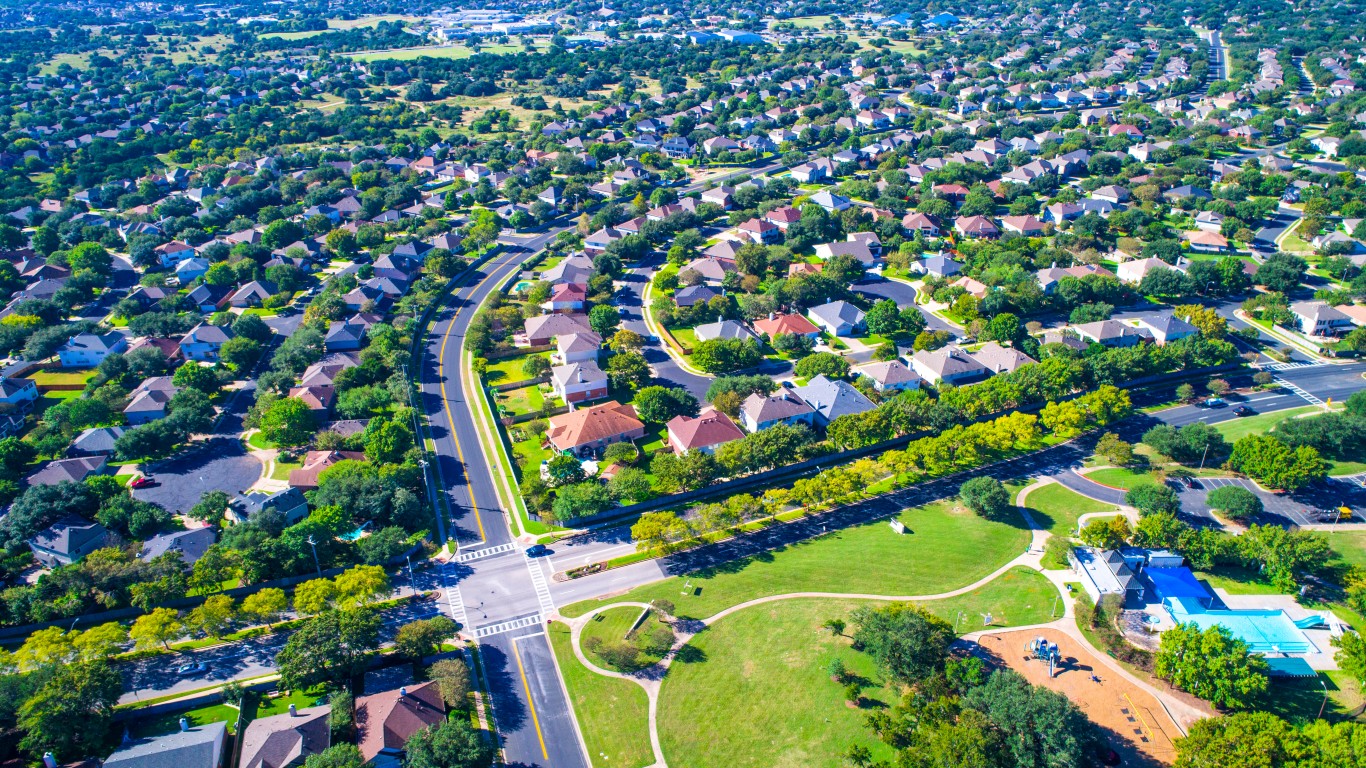
The U.S. population grew at the slowest rate since the 1930s over the period from 2010 to 2020. The decennial census, used for a number of things, including the apportioning of congressional districts, showed that over the 10 years that ended April 1, 2020, the number of Americans rose 7.4% to 331,449,281. Officials said the birthrate fell, as did immigration. Notably, the count came before the wave of fatal COVID-19 fatal cases and excess deaths, so between April 1 and today, the U.S. population likely declined.
The agency claims that its work is not over. Acting Director Jarmin said: “Now that the apportionment counts are delivered, we will begin the additional activities needed to create and deliver the redistricting data that were previously delayed due to COVID-19.”
Texas had the largest rise in total population. The increase was 3,999,994 to 29,145,505, which is higher by 15.9%. Texas kept its spot as the second-largest state behind California, where the number rose by 2,284,647 to 39,538,223, an increase of 6.1%.
The state that grew the fastest over the period on a percentage basis was Utah, where the population surged 18.4% to 3,271,616, which is up by 507,731. Utah remains a small state, ranked 30th among all states based on absolute population. That is up from 34th place in 2010.
Idaho was the second-fastest-growing state on a percentage basis, up 17.3%, or 271,524, to 1,839,106, which puts it 38th among all states.
Three states lost population from 2010 to 2020. The largest loss by far on a percentage basis was West Virginia, where it dropped 3.2%, or 59,278, to 1,793,716. That makes it the 39th largest state based on population. The population of Mississippi fell 0.2%, or 6,018, to 2,961,279. That puts it in 34th place based on that measure. The population of Illinois dropped by 0.1%, or 18,124, to 12,812,508. It ranks sixth based on its total population.
The composition of the Texas growth won’t be known for several months, when the Census Bureau releases more data on the demographics of each state.
Click here to see the population and demographics of every state.
It’s Your Money, Your Future—Own It (sponsor)
Retirement can be daunting, but it doesn’t need to be.
Imagine having an expert in your corner to help you with your financial goals. Someone to help you determine if you’re ahead, behind, or right on track. With SmartAsset, that’s not just a dream—it’s reality. This free tool connects you with pre-screened financial advisors who work in your best interests. It’s quick, it’s easy, so take the leap today and start planning smarter!
Don’t waste another minute; get started right here and help your retirement dreams become a retirement reality.
Thank you for reading! Have some feedback for us?
Contact the 24/7 Wall St. editorial team.


